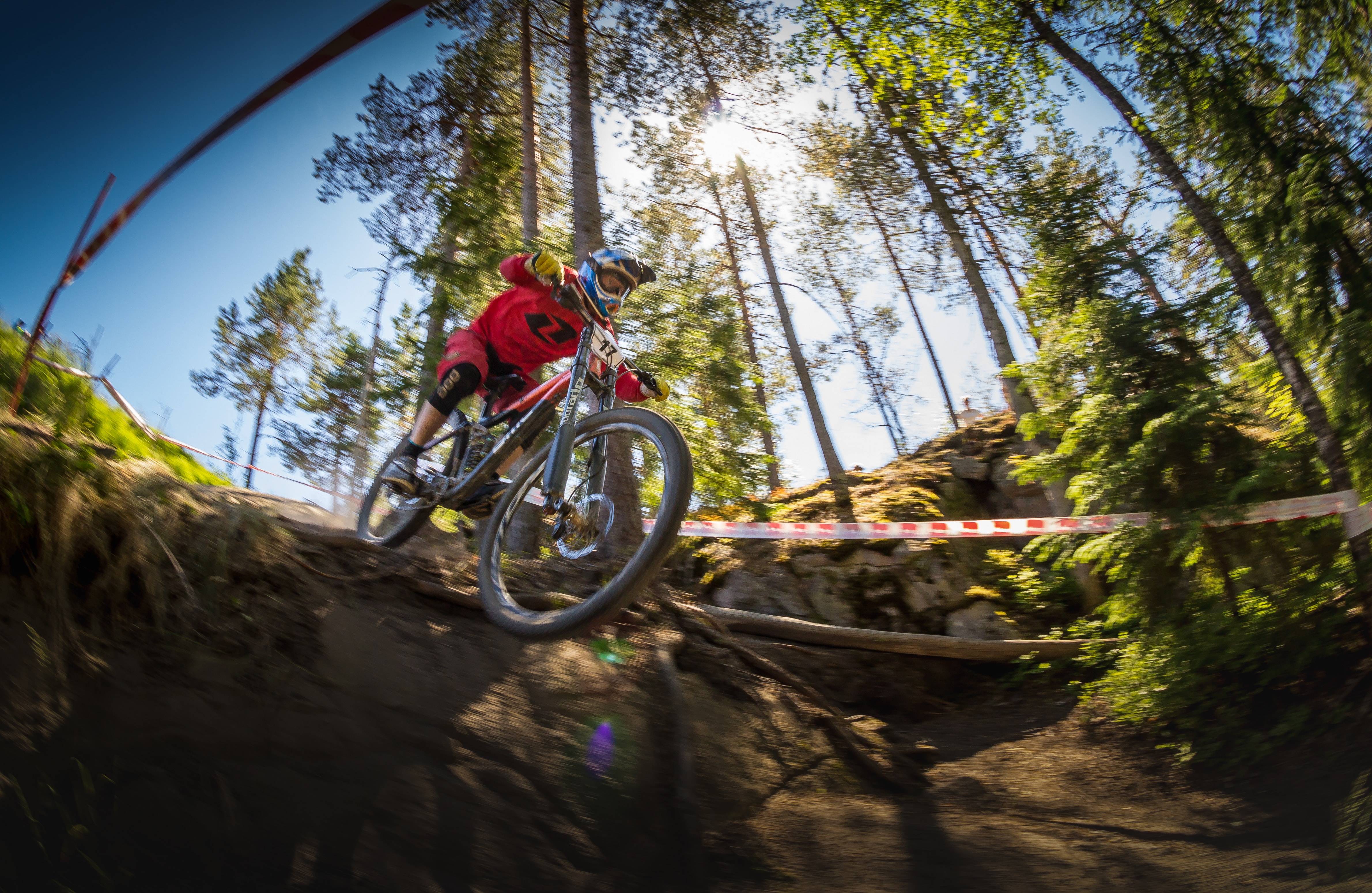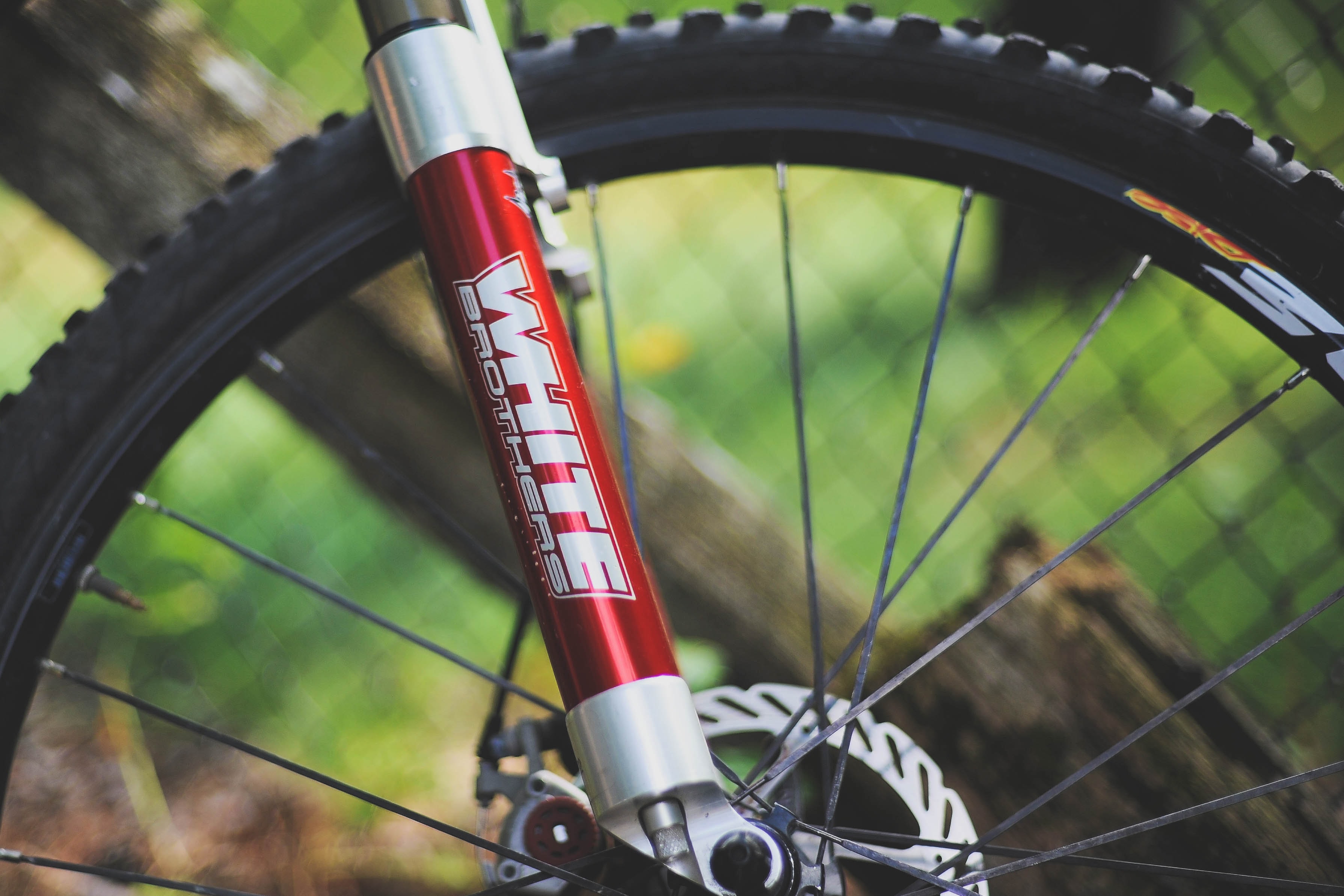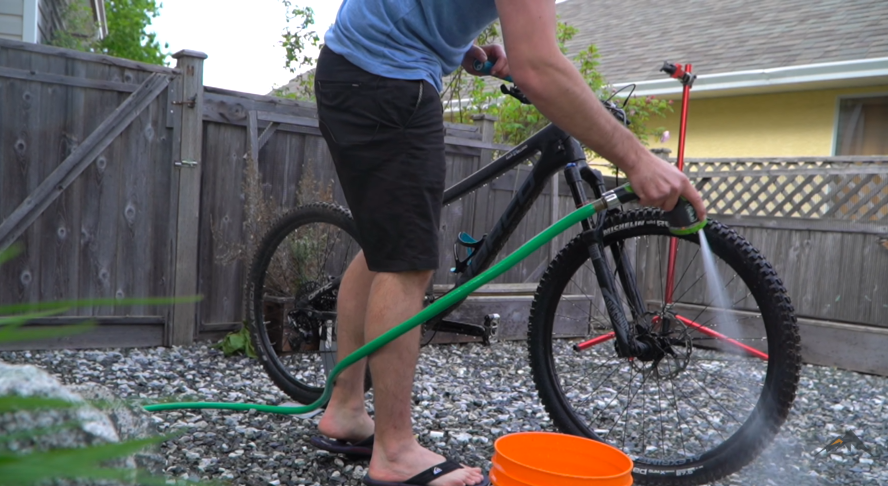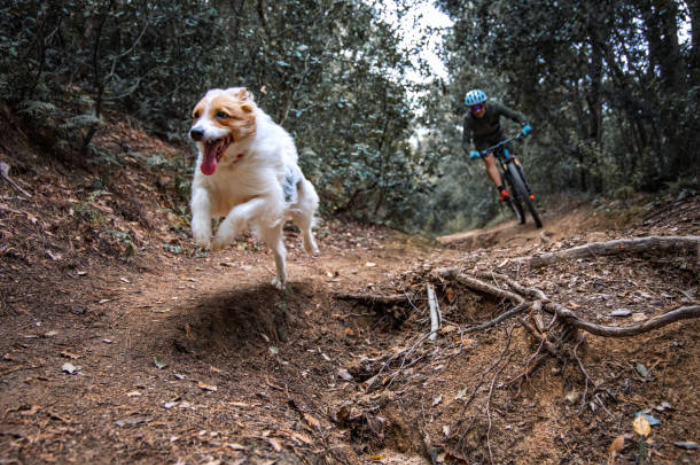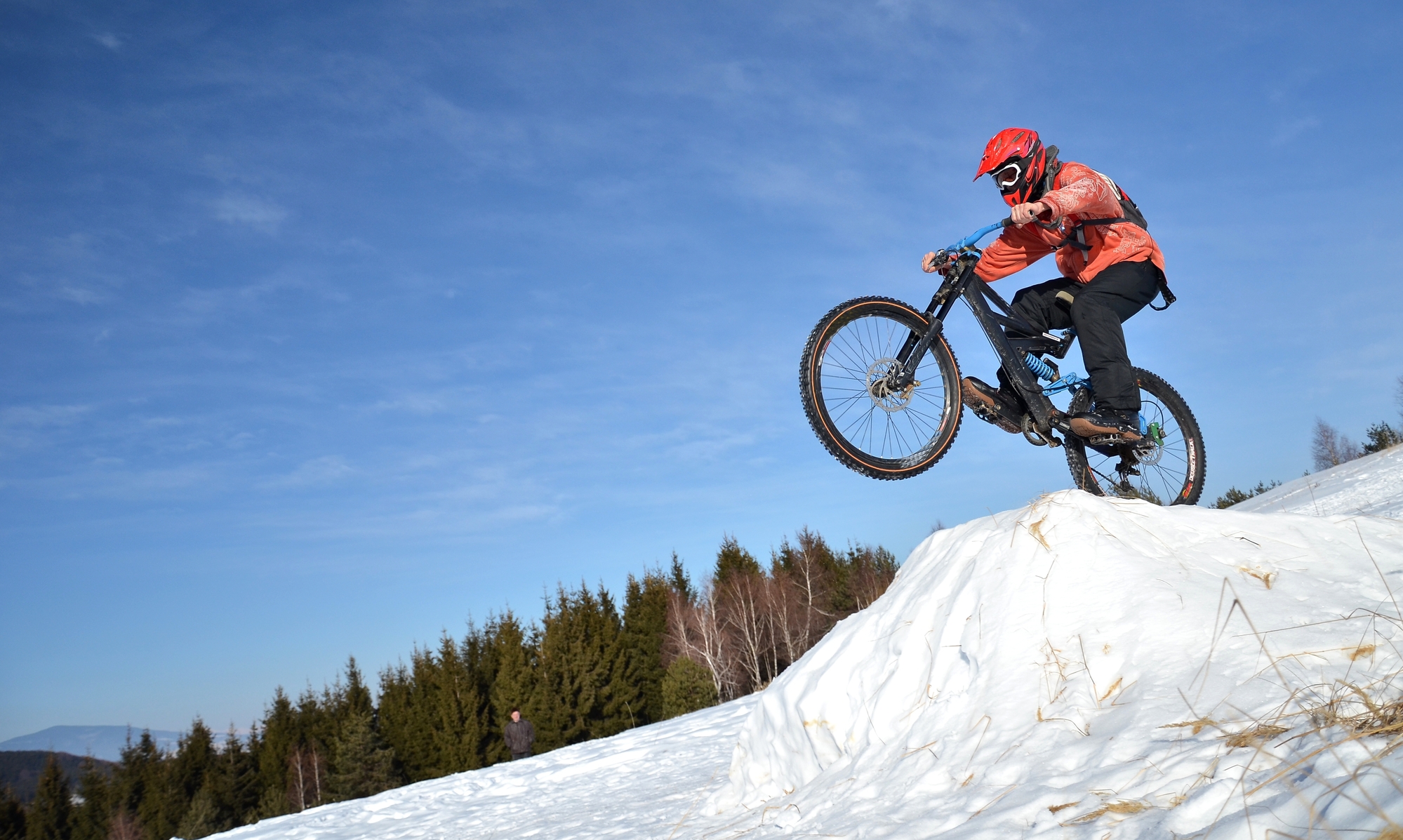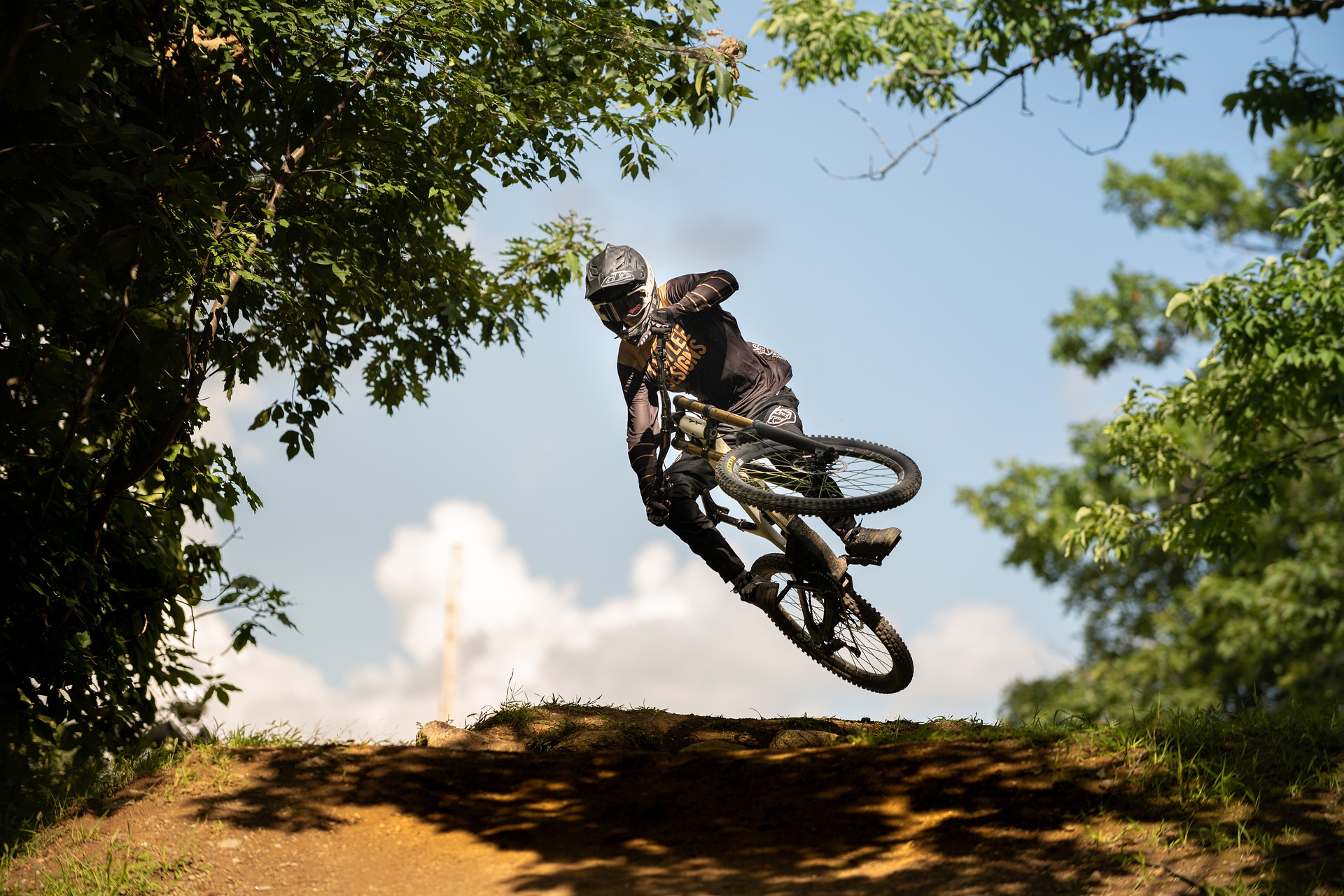Enduro mountain biking is a relatively new sport that combines downhill and cross-country riding.
It is considered more extreme than traditional mountain biking, and it requires a lot of skill and athleticism to participate in.
It is quickly gaining in popularity, as it is a great way to experience the best of both worlds.
If you're thinking about getting into enduro mountain biking, there are a few things you should know, so read on!
What is Enduro Mountain Biking?
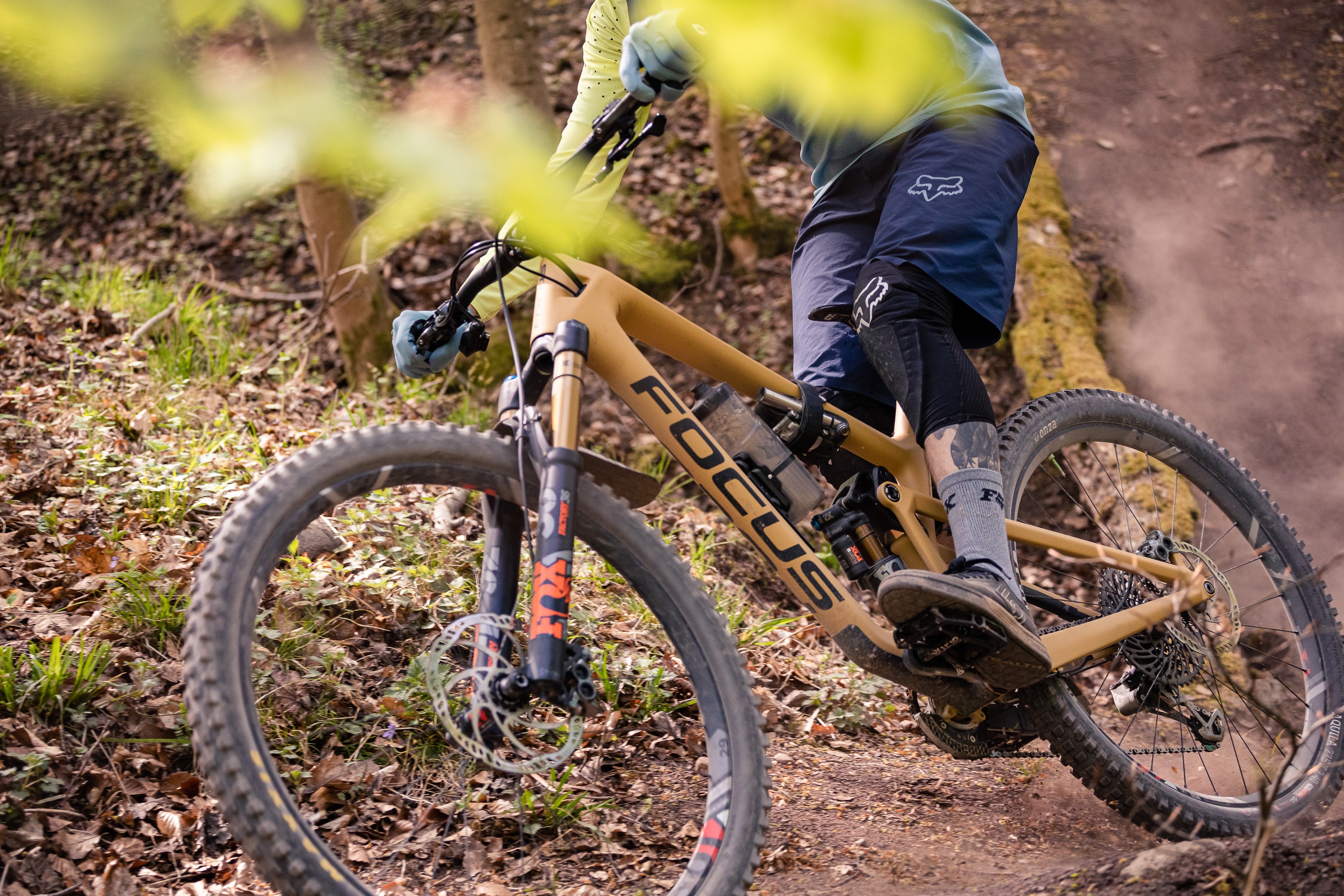
An enduro race is a gravity-based competition with three or more timed stages that may be held over one or two days.
Stages are generally long downhills with technical and steep sections, although they may also feature punchy climbs of up to 10% to test a user's skill and endurance.
There's generally a time limit or a cut-off for the riders on each stage. Each stage's completion times are combined to determine the winner, with the overall time taken into account.
It is now one of the most famous mountain biking disciplines, with races being held all over the world.
What Is the Difference Between Enduro and Downhill Mountain Biking?
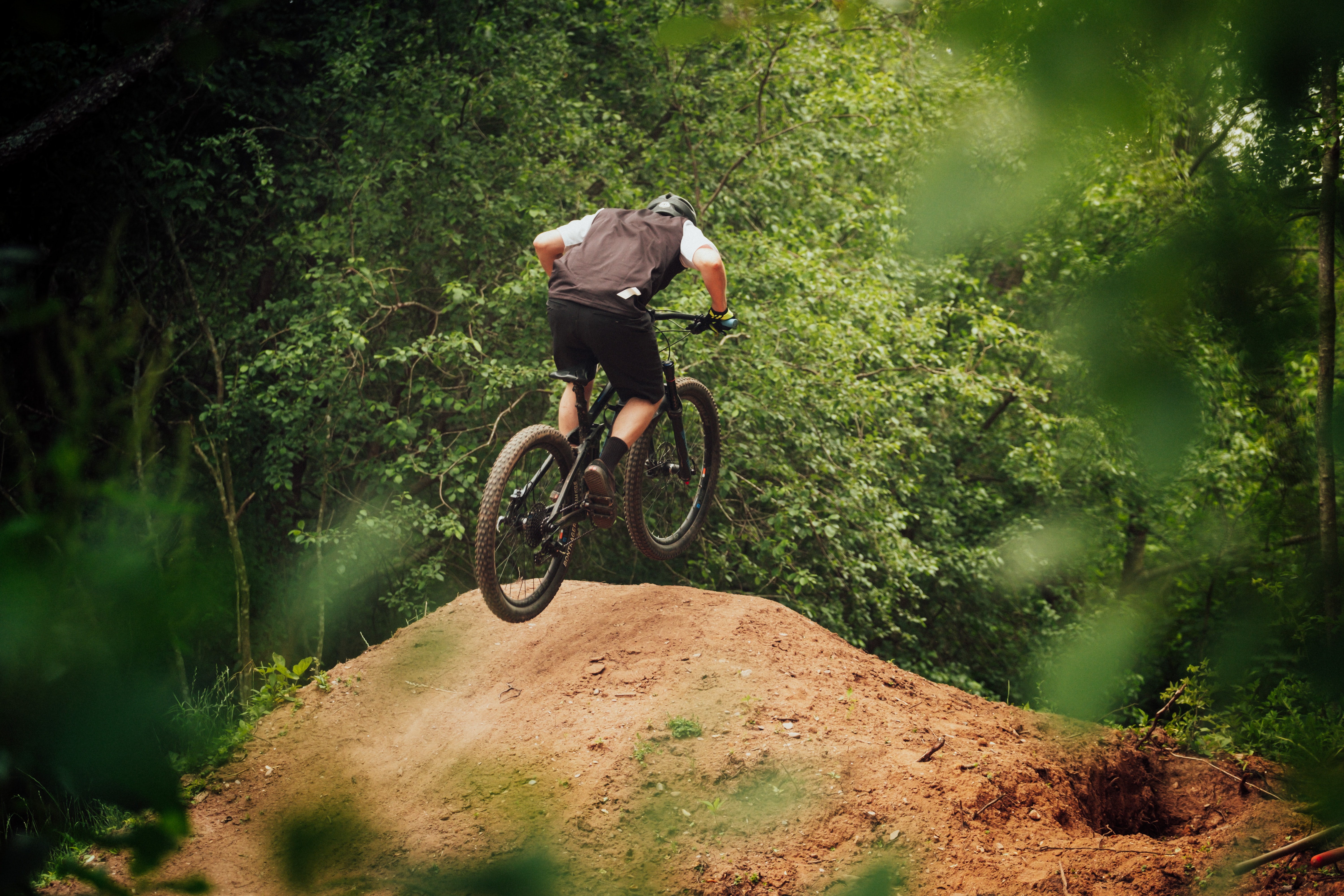
The main difference between enduro and downhill mountain biking is the amount of climbing involved. Enduro mountain biking includes significant climbing, while downhill mountain biking focuses mainly on descending.
Downhill mountain biking is a more extreme form of mountain biking that is often compared to motocross. Downhill mountain bikers ride specially designed bikes down steep, technical trails.
They must control their bikes at high speeds and navigate around obstacles.
Enduro mountain biking is less extreme than downhill mountain biking, but it still requires a great deal of skill and fitness. Riders must be able to climb up steep hills before descending down challenging trails.
Enduro mountain biking is more about endurance than speed.
However, the line between downhill and enduro mountain biking is blurring as more and more trails are designed to be ridden in both directions.
If you're just getting started in mountain biking, it would be best to begin with enduro mountain biking. The climbing involved will help you build strength and endurance, and the descents are sure to challenge your skills.
No matter which type of mountain biking you choose, always be sure to ride within your abilities and take the necessary precautions to stay safe on the trails.
How Did Enduro Mountain Biking Get Started?
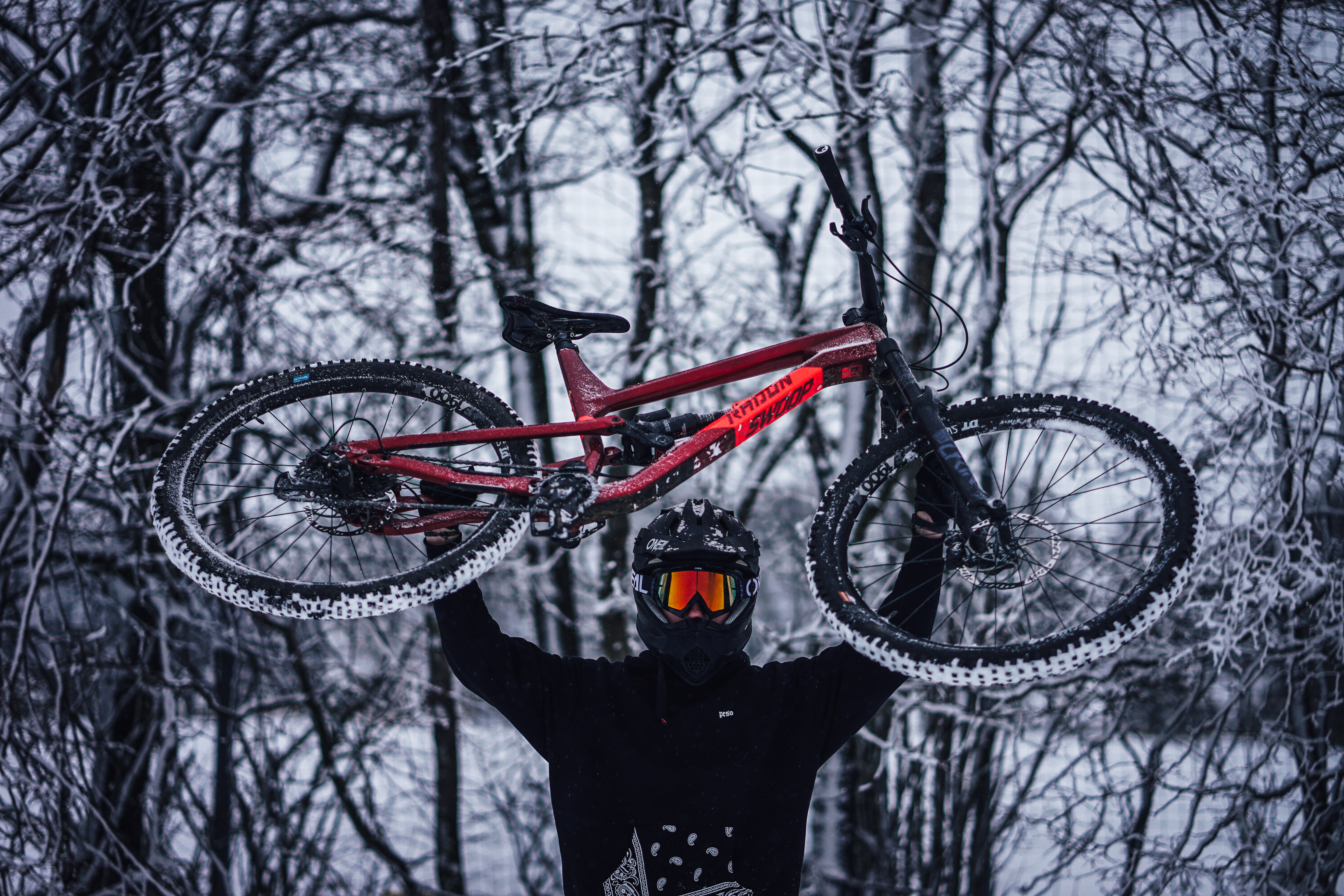
Multi-stage downhill-based mountain biking events have been around for a long time. But enduro racing, as we know it now, started in France.
The first Tribe 10000 event was held in Val d'Allos by Fred Glo and his team in 2003. A national enduro series soon followed.
The sport has grown exponentially since then, with races being held worldwide.
When enduro racing arose, the bike industry had a generic term for this sort of riding.
That was known as "All Mountain," and it was already a rapidly expanding industry back then. It was also referred to as mountain bike surfing or snowboarding.
The enduro-style has since taken over to describe this category because enduro is the recognized race format for all-mountain riding.
What Type of Bike Do You Need for Enduro Racing?
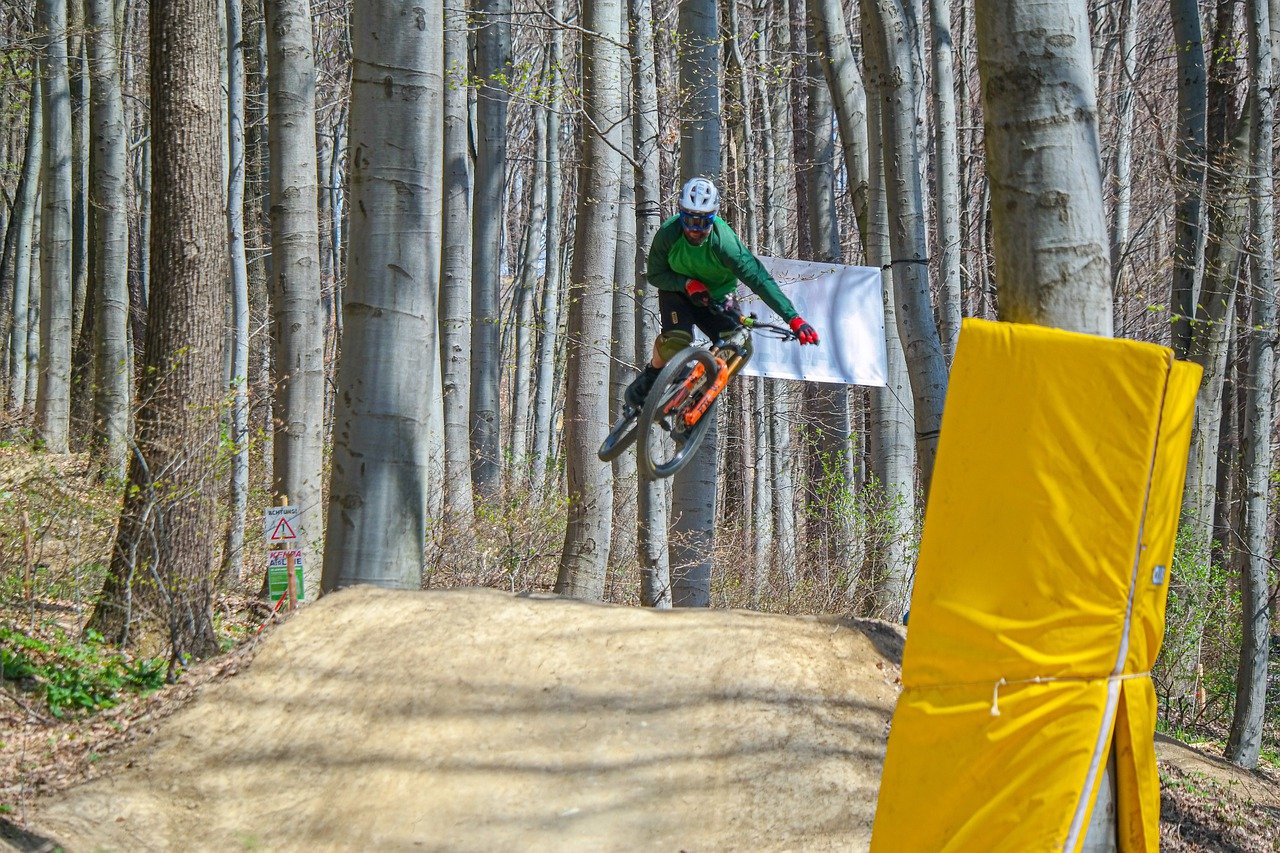
Enduro bikes are a little more technical than downhill bikes, but they look very much like the same models.
The reason is that they are the types of all-around mountain bikes that most mountain bikers usually ride.
These are mountain bikes with giant tires that can tackle long ascents and debris-ridden descents. If you are looking for them, you'll likely find these bikes everywhere!
They also have more aggressive angles and suspension than typical trail and cross-country bikes.
These bikes have a slack head angle, making them great for descending. They also have a long reach to ensure stability at speed and a high seat tube angle to make pedaling easy.
How to Choose Your Own Enduro MTB?
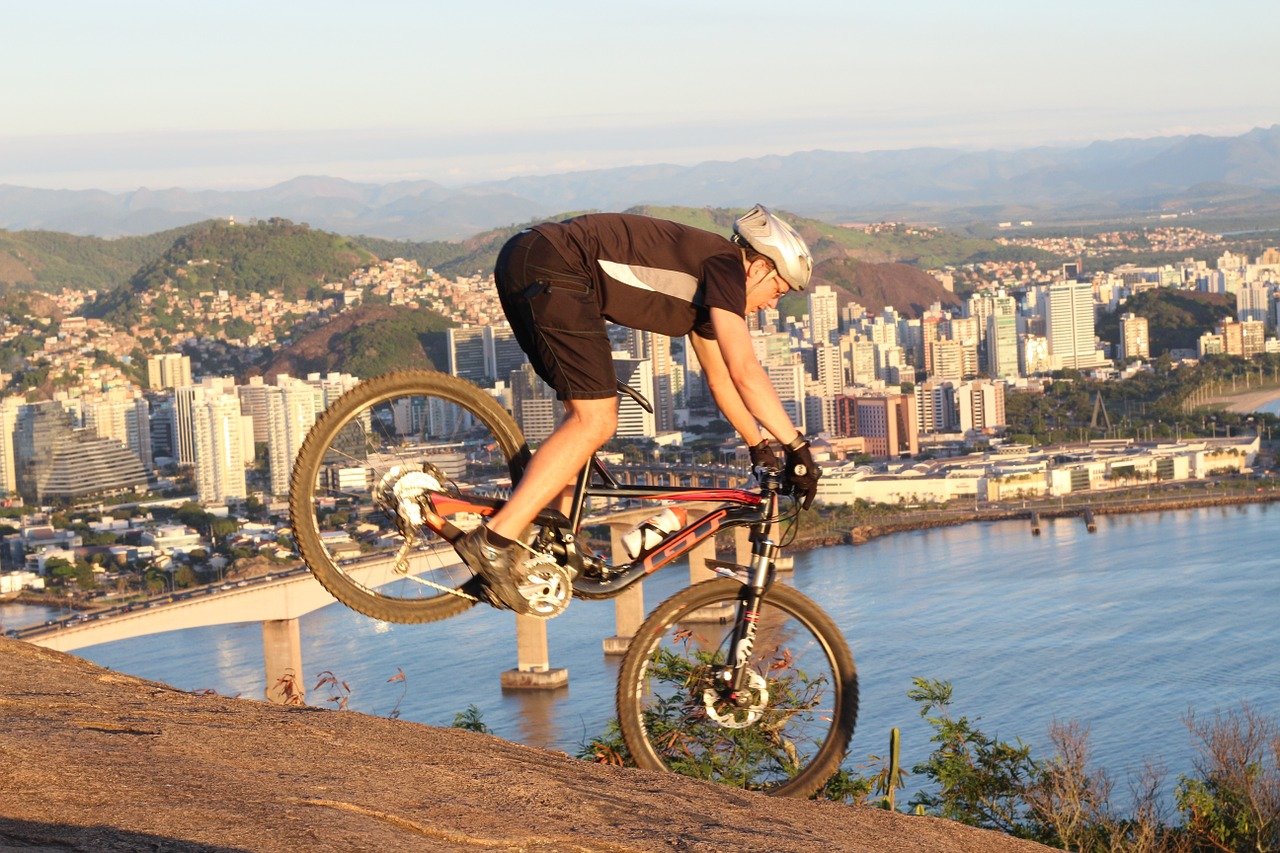
Picking the right bike is tricky. You want a bike that will be able to handle the rigors of enduro mountain biking, but you also don't want something too heavy and difficult to pedal uphill.
Here are a few tips to help you choose the right enduro mountain bike:
1. Think about what type of terrain you'll be riding.
If you're primarily going to be doing cross-country rides, you don't need a full-on enduro bike. A trail or all-mountain bike will do just fine.
2. Consider how much suspension travel you're going for.
Most enduro bikes have between 140 and 170mm of suspension travel. If you're mostly riding on smoother trails, you can get away with less travel.
3. Think about what type of bike you want.
Do you want a hardtail or a full-suspension bike? Hardtails are usually lighter and more affordable, but full-suspension bikes offer more cushioning and can better handle rougher terrain.
4. Think about the geometry of the bike.
You want a bike with a slack head angle and long reach for stability at speed. The seat tube angle should also be relatively high to make pedaling easy.
5. Pick the right tires
Weight, traction, and size are essential elements to consider when selecting tires. The heavier the tire is, the slower it spins, but it's much more durable.
6. Get the right fit
Sizing varies considerably from one brand to the next. Make sure you get a bike that's the right size for you. Visit a local bike shop to get fitted properly instead of buying your enduro bike online.
What Gear Do You Need for Enduro MTB Racing?
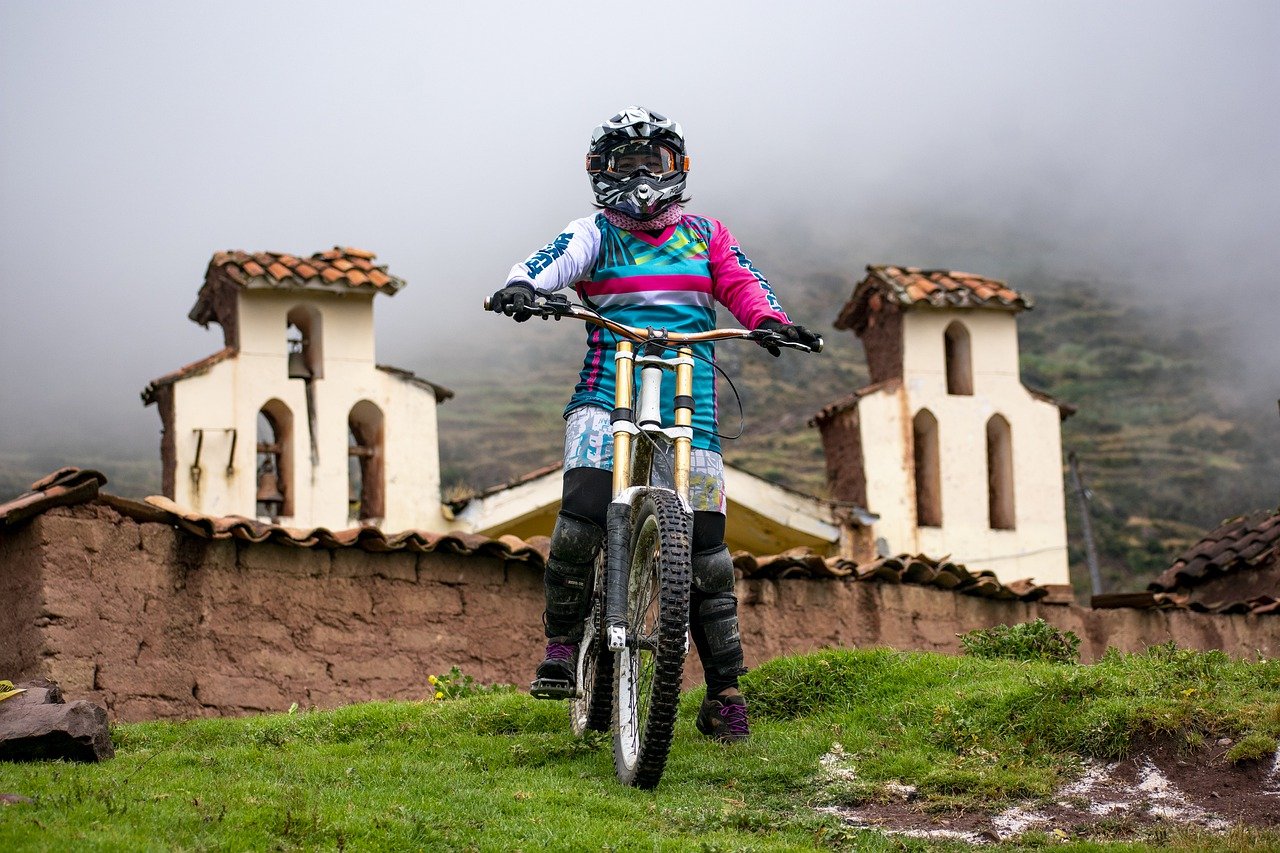
Aside from a mountain bike, there are a few other pieces of gear you'll need to get started in enduro MTB racing:
Full-face helmet: A helmet is required for all competitive cycling events. Make sure your helmet fits properly and is up to current safety standards. Many riders also carry a pack that they may use to attach an extra helmet between stages.
Cycling goggles: You may be worried about how you'll react in an enduro, but you don't want to end the day with bloodshot eyes. Cycling goggles can help protect your eyes from debris, dirt, and the sun.
Gloves: Gloves will help protect your hands from blisters and cuts. Gloves effectively prevent your hands from becoming sweaty or shredded, especially when used with the right type of grips.
Enduro-specific clothing: Enduro clothing is designed to be durable and comfortable. It's usually loose-fitting to allow for a full range of motion while you're riding. Skin suits and jerseys are also popular among enduro riders because they wick moisture away from the skin and help keep you cool.
Bike lights: Bike lights are required if you're going to be racing in the dark. Make sure you get bright lights to see and be seen. If you're doing an all-day enduro race, you'll also want to bring a headlamp.
Knee pads: Knee pads are optional, but they can help protect your knees from scrapes and bruises. Beginners may want to start with light, soft pads. More experienced riders may prefer hard-shell knee pads for more protection.
Proper footwear: Cycling-specific shoes offer more support and pedaling efficiency than running shoes. Clipless shoes will give you an edge in terms of power. However, several stiff-soled shoes are now available to riders who adore the flexibility provided by flats.
If you're curious, check out our article about whether cycling shoes make a difference.
Tools: A small, lightweight tool kit is a good idea for enduro races. You'll want to have a way to fix flats, tighten bolts, and adjust your bike's fit. At the bare minimum, you'll need one inner tube, a reliable tire lever, a CO2 inflator, and some cartridges.
Conclusion
Enduro mountain biking is a thrilling sport that combines the best of both worlds: climbing and descending.
If you're looking for an adrenaline-pumping adventure, enduro mountain biking is the perfect activity for you.
Just be sure to start slow and build up your skills before tackling the more extreme trails.
Now that you know what enduro mountain biking is, it's time to get out there and give it a try!

